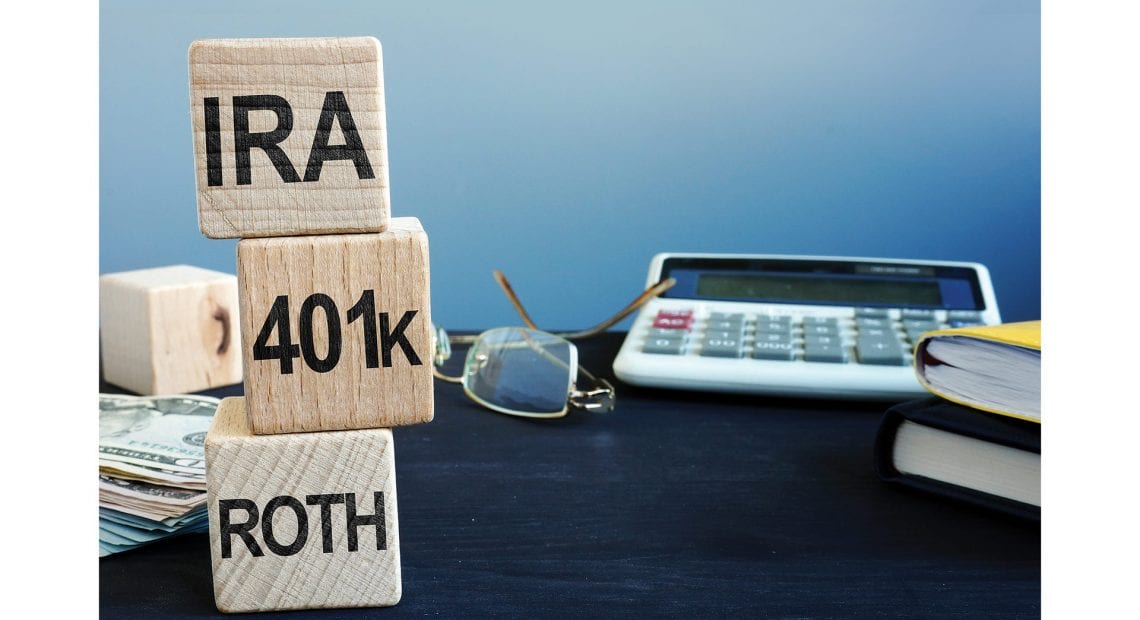Saving Grace
By Barbara Trombley, CPA
With a labor shortage and looming recession, attracting the right employee is more important than ever. Many small businesses are struggling to find qualified candidates.
Other than wages and healthcare, how can you make your business more attractive to a potential worker? Often, a retirement plan is the answer.
With the absence of traditional pensions today, the onus for retirement is on the employee. Many small-business owners may feel a personal responsibility to enable their employees to fund a retirement. Not having one at all can certainly be a deal breaker for many applicants.
The ability to save, directly from a paycheck, is very attractive. But what plan should you offer, and what are the costs? What are the benefits of the different types of plans?
The most common type of plan is a 401(k). You need only one employee to set up a 401(k). The biggest advantage to this plan is the high level of salary deferrals that it allows. The limit for 2023 is $22,500 with a $7,500 catch-up contribution for those over age 50. Many plans can offer both pre-tax contributions and post-tax (Roth) contributions. There are many investment choices that are possible in a 401(k) plan. Also, many plans are associated with a financial advisor who will offer education to your employees, possibly helping them save more for retirement.
“Other than wages and healthcare, how can you make your business more attractive to a potential worker? Often, a retirement plan is the answer.”
Barbara Trombley
One drawback is that a 401(k) plan can be one of the more expensive types of plans to set up and maintain. The plan needs to be either a safe-harbor plan, where the employer must make a specified matching contribution or automatically deposit 3% of the employee’s salary into the plan (any contributions made by the employer are tax-deductible), or the plan needs to be tested each year to ensure that the plan does not discriminate against highly compensated employees.
In the past, this type of plan had to be offered to all employees over 21 years of age who work at least 1,000 hours. The rules are changing to allow some part-time workers to participate. In my opinion, a 401(k) plan is the most advantageous plan to the employee but may cost the employer more in administration, setup fees, and safe-harbor contributions compared to other plans.
Another popular plan for employers is the SEP plan. Again, this plan can be offered by businesses with more than one employee. The main difference between the SEP plan and a 401(k) is that SEP contributions are made only by the employer; there are no employee contributions. This type of plan is very simple to set up and does not have testing requirements. The maximum annual contribution is 25% of salary, up to a limit of $66,000. The employer has to make the same percentage contribution for each of his or her employees.
The benefit of this plan is that it is very simple to set up; the drawback to the plan is that the business owner needs to make all of the contributions, which may not be economically feasible. As an advisor, I often see a solo business owner having this type of plan.
What if a business owner does not want the complexity and costs of a 401(k) and does not want to fully fund a retirement plan like the SEP? A Simple Plan may be the answer. A Simple Plan can be offered by a business with fewer than 100 employees. There is no annual filing, and you usually use a financial advisor to set it up and choose the investments.
The limit for an employee’s contribution is $15,500 in 2023, or $19,000 if the employee is over age 50. The reductions can come directly from payroll, and the employee can decide how much to contribute. The employer must either contribute 2% of each employee’s compensation or match 100% of employees’ contributions up to 3% of their salary (which can be lowered to 1% in any two of five years). This plan is attractive to many small-business owners as the administration overhead is drastically reduced compared to a 401(k), and there is a relatively small matching contribution that needs to be made.
Lastly, I have helped a few small businesses set up a Payroll Deduction IRA. This is the perfect solution for an owner that would like to enable their employees to save for retirement but may not have the funds for matches or administration. In this type of plan, the employee can contribute up to the Traditional IRA limit ($6,500 if under age 50 and $7,500 if over), with the funds drawn directly from their paycheck. There are no setup fees for the business owner and no employer matches or testing requirements. The employees own their account if they change jobs. Many people are eligible to contribute to a Traditional IRA, but having the deduction made through payroll makes the plan more accessible.
As an additional motivation for a small business to set up a retirement plan, the federal government has been increasing the incentives to the business owner with tax credits. The owner can deduct up to 50% or $500 of plan startup and administration costs for the first three years of the plan. Additional tax credits may become available as our government continues to encourage retirement saving. Consult your financial advisor or an employee-benefits specialist to set up a plan.
Barbara Trombley is a financial planner with Wilbraham-based Trombley Associates Investment and Retirement Planning; (413) 596-6992. Securities offered through LPL Financial. Member FINRA/SIPC. Advisory services offered through Trombley Associates, a registered investment advisor and separate entity from LPL Financial. This material was created for educational and informational purposes only and is not intended as ERISA, tax, legal, or investment advice. If you are seeking investment advice specific to your needs, such advice services must be obtained on your own separate from this education material.









